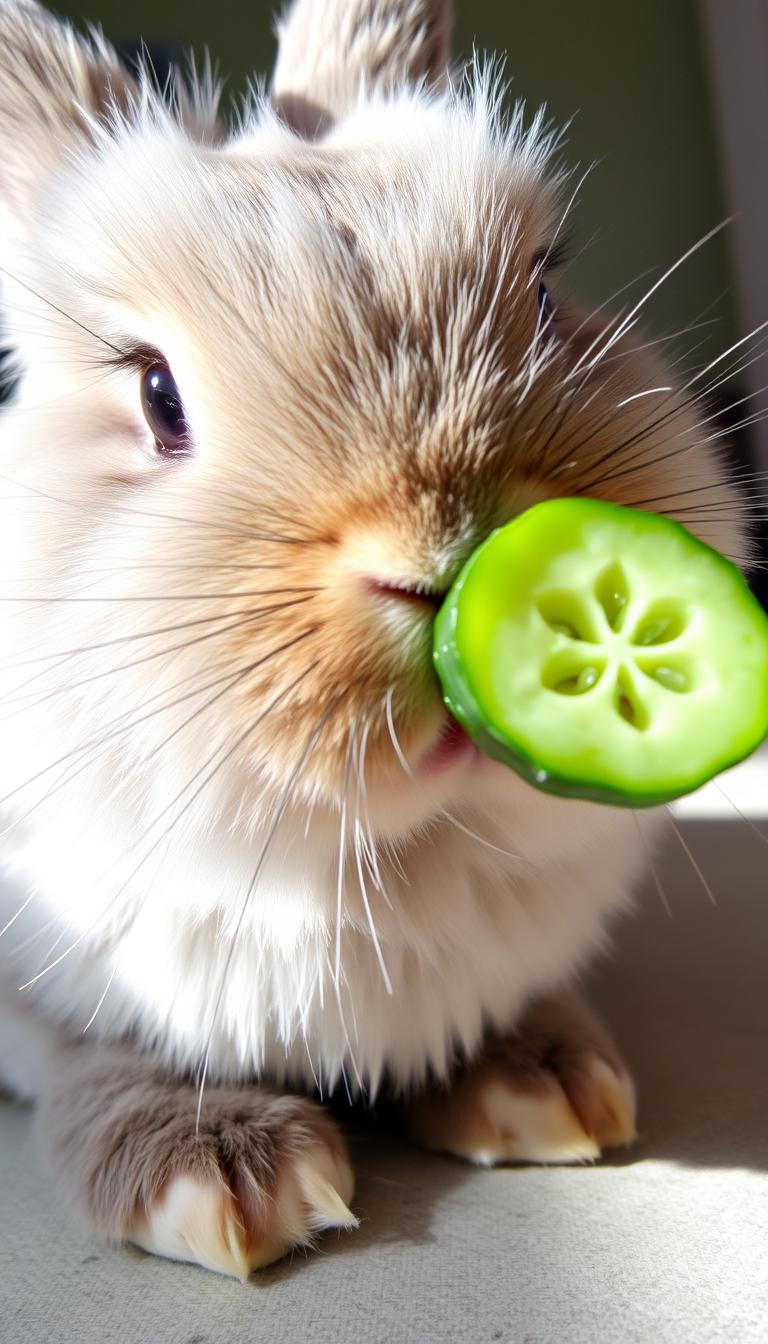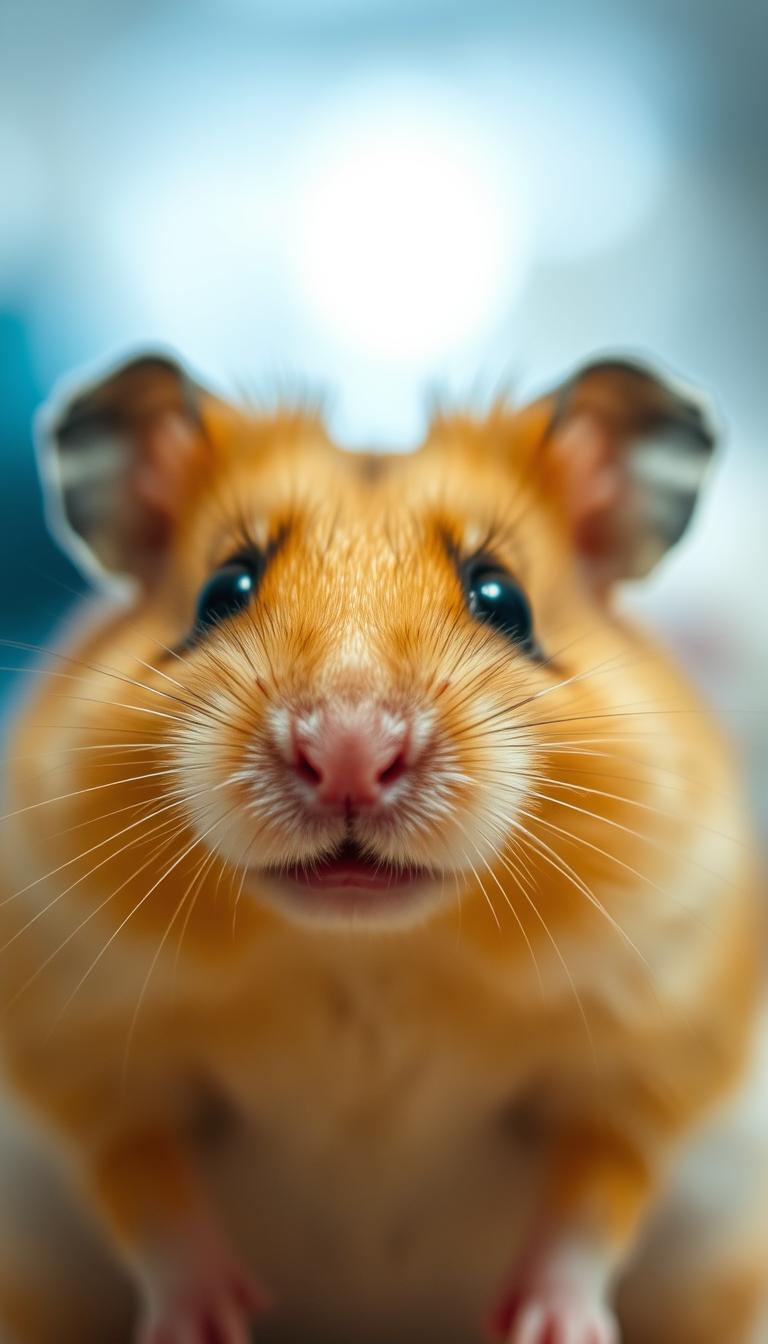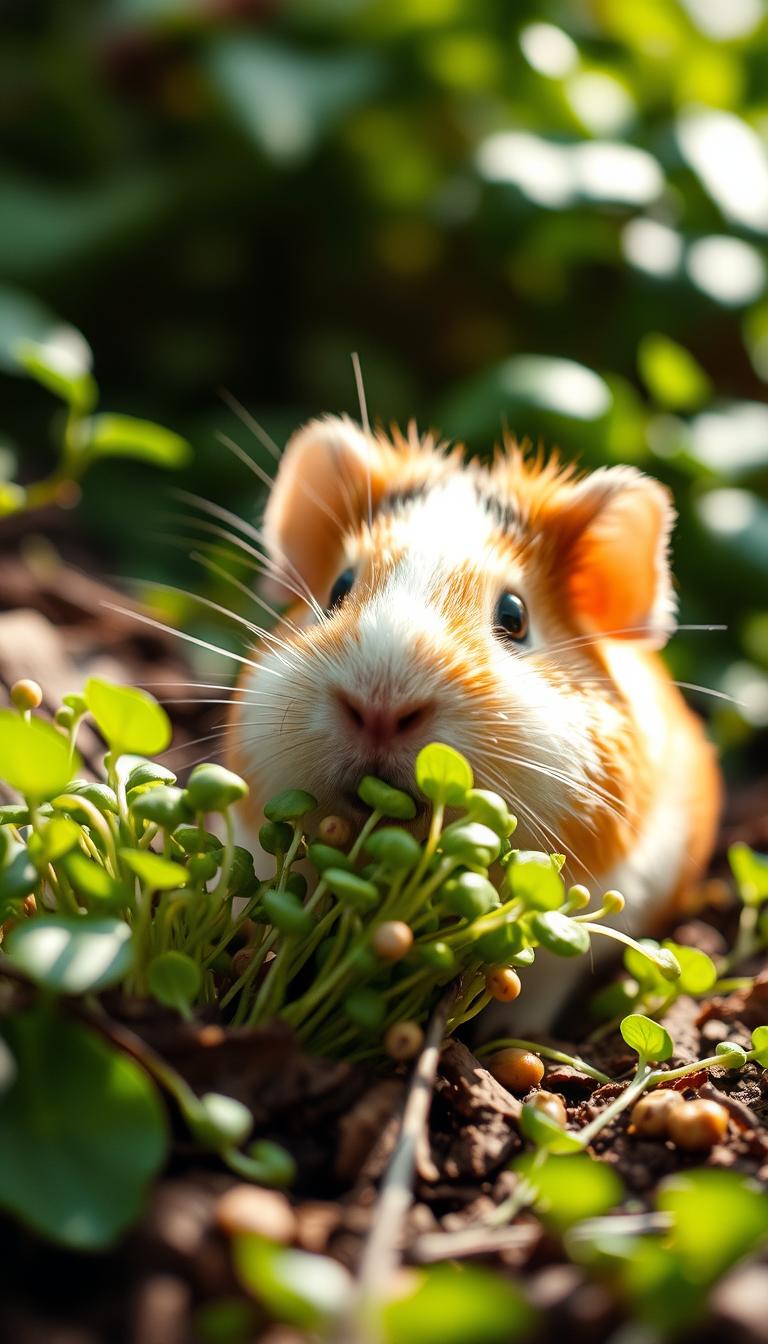Do pet rabbits need bathing? We look into this and ask if you should bathe them. Rabbits are, in fact, very tidy creatures naturally.
Thanks to this, they do not require baths very frequently. Still, there are times that you should indeed bathe your bunny.
Usually, this will be if your rabbit has become obese or arthritic, or if they have sustained an injury.
In these cases, they will need your help to keep from getting dirty.
While rabbits may need baths in some circumstances, they should never, for any reason, be submerged in water completely. Their bodies are not meant for this. They will become terribly upset and even go into shock, rapidly.
Fortunately, there are some great, super safe ways that you can bathe your bunny. These are dry baths, soaks, rinses, and spot-cleaning, respectively.
Table of Contents
When Should You Bathe Your Pet Rabbit?
Rabbits keep themselves fastidiously clean most of the time. Usually, if a rabbit fails to keep itself clean, there is some sort of health issue to blame.
The most common causes of poor hygiene in rabbits are obesity, arthritis, and injury. These are the cases in which you may need to aid your bunny.
The biggest problem that rabbits tend to have is with grooming the perineal area. The perineal is comprised of the rear and productive organs of rabbits.
When unable to clean themselves here properly, they may experience scalding from urine, or get droppings stuck in their fur accidentally.
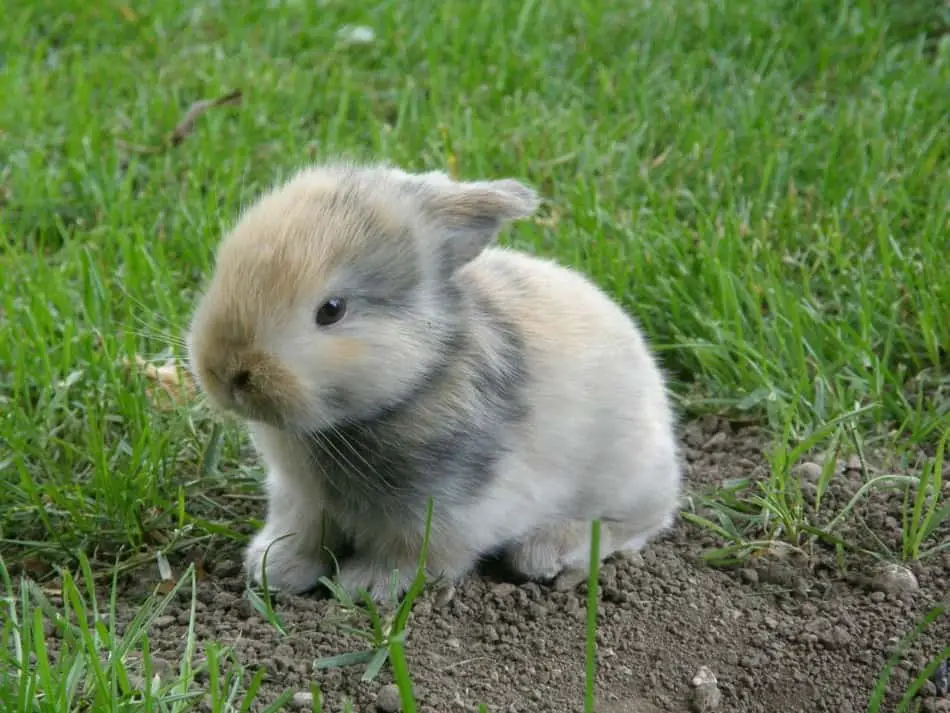
Poor hygiene in the perineal area can quickly result in myiasis, also known as flystrike. As its name implies, this condition involves flies, such as grey flesh flies or blowflies, which will make a breeding ground out of a dirty bunny.
Luckily, by giving your bun an occasional, careful bath, you can avoid this awful situation completely.
How Often Should You Bathe Your Rabbit?
Basically, you should bathe your rabbit as little as possible. For one, they don’t generally enjoy the experience.
They also don’t require it very frequently. Like many rodents, rabbits endeavor to keep themselves and their space neat and tidy. Even with rabbit-safe methods, excessive bathing is not needed, or healthy.
Your rabbit may require a bath more often if they suffer from obesity, arthritis, or injury. Keep an eye on their overall hygiene.
Make sure that the perineal area particularly is kept clean. To ensure this, check on the area daily. Do not neglect to bathe your rabbit when it becomes truly necessary. Just make sure to do it the right way.
How To Bathe A Pet Rabbit Properly
Now we get to the heart of the issue: how to bathe a pet rabbit properly. Remember that when a rabbit is bathed improperly, they will experience intense upset and even shock.
Along with this, rabbit skin is not meant to get wet. Their skin is very sensitive, to begin with. When soaked in water, rabbit skin becomes even more delicate.
When a rabbit is not dry, they may develop tears in their hide.
These wounds provide a vulnerable breeding ground for flystrike. They will go from bad to worse quickly.
To avoid all of this, what you need to do is make sure to give your pet rabbit-safe baths only. There are three types of acceptable baths from which to choose: dry, bottom soak and rinse. You can also spot-clean.
Dry baths, as the name entails, do not use water in the process. Instead, you rely on baby powder to eliminate soil.
This calls for cornstarch-based baby powder specifically. For a dry bath, you will also need a rubber, slip-proof mat; a fine-toothed pet comb; and a handheld vacuum. Cornstarch is applied, massaged in, and removed, along with soil, accordingly.
The other two types of rabbit-safe baths involve water, alternately. One is the rinse technique; as its name implies, this entails a basic at-the-sink-rinse. Once again, be sure to only wet the bottom of your bunny.
The other is a basic tub soak. The water, however, should be at no more than 2 inches, roughly. Only their rear should be submerged completely.
After getting your rabbit wet, towel off and blow dry them immediately. A wet bunny is not a happy bunny. On the other hand, one that is clean and dry will be very glad to be.
How to Dry Your Pet Rabbit Correctly
Once you have bathed your bunny, it is extremely important to get them dry. A wet rabbit will be stressed, chilly, and more prone to injury. Eliminate these risks and make your rabbit happy by leaving them both nice and clean, and good and dry.
There are two steps needed in order to dry a rabbit correctly. The first is toweling off your bunny. Some use bath towels, while others prefer soft cloths. Paper towels can also work gently and effectively.
Pat and blot your rabbit mostly dry. Use a soft touch and make sure that you do not pull on or remove any hair accidentally.
Follow the towel-dry up with a blowdry. Use the blowdryer on low heat and low speed only. Let your rabbit hear the blowdryer and become accustomed to the sound before you bring it close. This will help it seem less scary.
Blowdry only the body of your bunny, and not their face. Use special care around their ears, nose, and eyes. These areas do not require drying. They will also burn easily.
Before you are finished, make sure your rabbit is completely dry. Then give them a break for a little while, and maybe a treat – a bath and dry can be taxing for a sensitive bunny.

Do Bunnies Like Baths?
While rabbits do love to keep themselves and their space tidy, they hate baths almost equally. At least, they will, if you try to bathe their entire body.
Rabbits are not meant to get wet like this. They will immediately go into a panic, and may even bite and kick to try to escape. Clearly, a full-body bath is not kind, or healthy for your bunny.
A rabbit should not swim or bathe. Along with the potential shock from the dunking, they are at risk from chlorine, bacteria, parasites and the like.
They will also get water in their ears, which is terrible for bunny hygiene. Finally, rabbits are not natural swimmers. Unsupervised, they will drown all too easily.
There are some kinds of baths that are specifically safe for rabbits. While rabbits seldom love these baths, either, they can learn to tolerate them okay.
Types of Baths
There are a few different types of baths for rabbits and ways to keep your rabbit clean and healthy.
Let’s take a look at them:
Dry Pet Rabbit Bath
For a dry bath, what is required is a baby powder with a cornstarch base. Make sure that the powder is free of scents, talc, additives, and the like.
Next, lay your bunny belly-up on a rubber mat that is slip-proof. This will expose spots that are most commonly soiled, such as the perineal area and the tummy.
From here, you may sprinkle the baby powder on your bunny. Focus on problem zones, and avoid their face.
Begin massaging the powder in. The mess should begin coming off swiftly.
Occasionally, any mess can be more difficult to remove. For these cases, get a fine-tooth comb and have it handy. You should never pull at fur clumps, or cut the fur of your bunny.
This will harm their delicate skin. Wounds and inflammation are an inevitability. Be liberal with the powder, and run the fine-toothed comb through gently.
As soiled dust falls away, use a handheld vacuum to suck it up. Let your rabbit hear the vacuum before you bring it near. This will allow them to get accustomed to it, and help them find the whole experience less scary.
Rabbit Soaks
As a general rule, you should only wet the bottom of your bunny. Getting any wetter will only cause them upset, shock, and harm physically.
To undertake a proper rabbit soak, you will need a tub to use.
Place a non-slip rubber mat or towel on the tub bottom. Fill the tub with a little bit of water. This should be roughly 2 inches in depth – just high enough to give their rear a soak.
Make sure the water is mild and lukewarm for the comfort of your bunny.
Soiled bits should begin to dissolve and come free from their fur. Use plain water, or rabbit-safe soap, as well, to wash the mess away.
Soaks are especially useful for messes that have dried already.
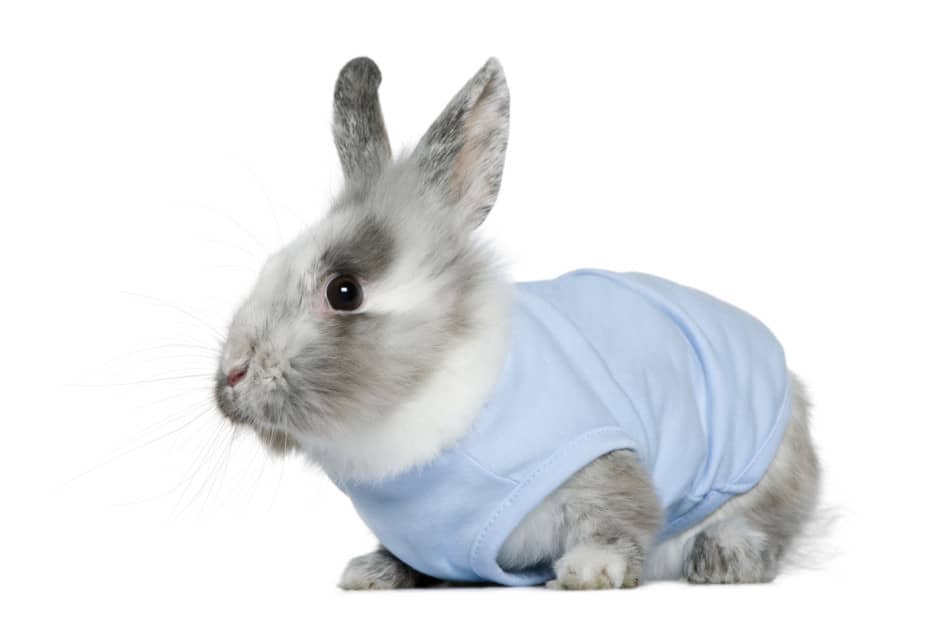
Rinse Baths For Bunnies
To give a rabbit a rinse bath, you will need two people. One will perform the rinse, and the other will hold the bunny.
The one in charge of the bunny should support their chest and belly. They should then lower the rabbit until they are over the sink. Whoever is in charge of the water can use the faucet and spray nozzle to wet the rear end of your bunny.
Once again, plain water can work on its own, but you can also use rabbit-safe soap when necessary.
Spot-Cleaning Your Pet Bunny
For a rabbit that tends to most of its fur, but simply requires a touch up here and there, spot cleaning may work. Baby wipes are best to use for this. Choose wipes that are alcohol and fragrance-free, as well as hypoallergenic.
Pet Bathing Products that are Rabbit-Safe
First off, never use a shampoo made for cats or dogs on a bunny. Their skin is much more sensitive than their feline and canine counterparts, and so this can result in a rash or worse.
Instead, look for critter shampoos – better yet if they are listed as specifically for a bunny.
Some well-known, rabbit-safe shampoo brands are Kaytee Squeaky Clean Critter Shampoo, Kenic Clean Free Pet Shampoo, and Huggies Natural Care Baby Wipes.
Kaytee Squeaky Clean Critter Shampoo is a mild, pH-balanced shampoo.
Kenic Clean Free Pet Shampoo is hypoallergenic, as well as dye, detergent, and fragrance-free.
Finally, Huggies Natural Care Baby Wipes are perfect for a quick spot-clean. They are soft, and clean both effectively, and gently. These wipes are also fortified with Vitamin E and aloe, so they will not irritate the sensitive skin of a baby or a bunny.

Other ways to help your Rabbit with hygiene
Along with baths, there are other ways that you can help your rabbit stay clean and tidy.
For one, make sure that you use the proper bedding for your bunny. The prime choice is straw. Fill the cage with bedding, but keep it out of the food of your bunny. Otherwise, they may mistake it as food and mix it up messily.
Change their straw bedding out at least once weekly. Sanitize the inside of the cage as well, about weekly.
Your rabbit will appreciate a clean cage, and the lack of odor is something you can also enjoy.
Conclusion: Do Pet Rabbits Need Bathing?
So, can you bathe a pet rabbit? Yes, you must simply do it properly. When undertaken correctly, a bath can be of great help to your bunny. A bath done the wrong way, however, will affect them harmfully.
Remember the rule of the thumb: never submerge your bunny. These little guys should only have wet bottom feet and rears, no more.
Dry baths can also work excellently. For these, keep some cornstarch-based baby powder and handheld vacuum handy.
Bathe your bunny only every once in a while, when it is truly necessary. Unwell rabbits may require a bath more frequently. Use your best judgment here. The end goal should be a bunny that is not only



